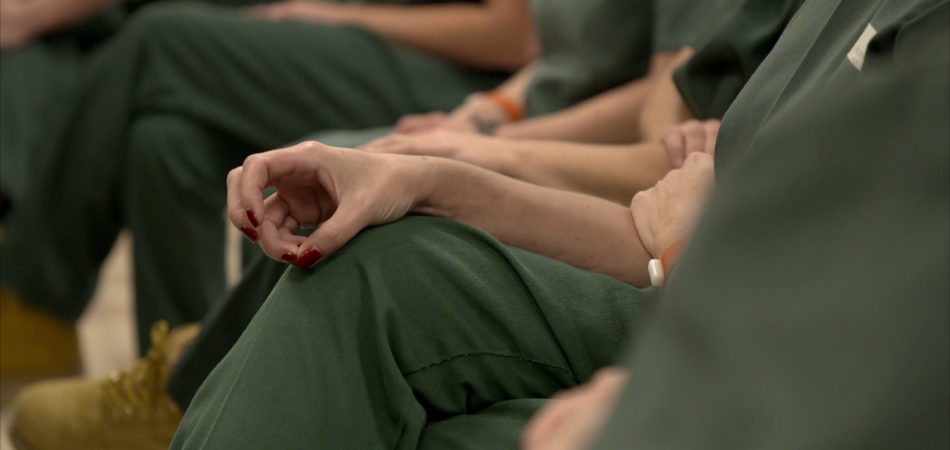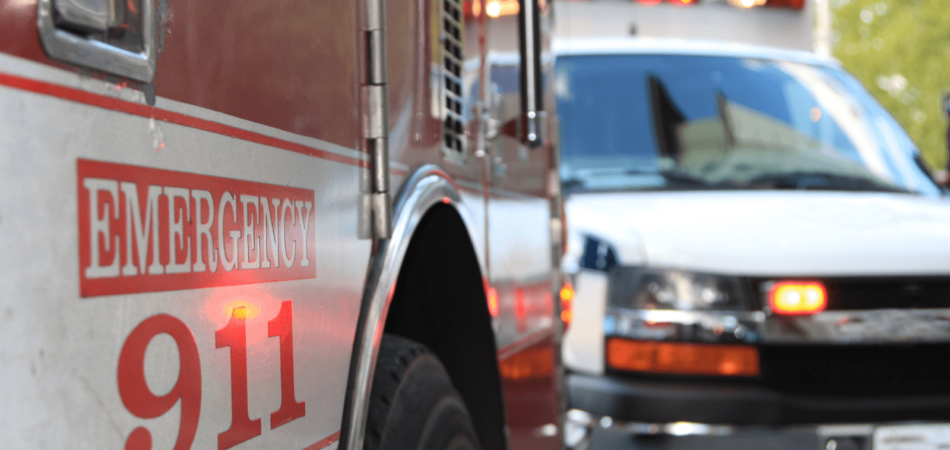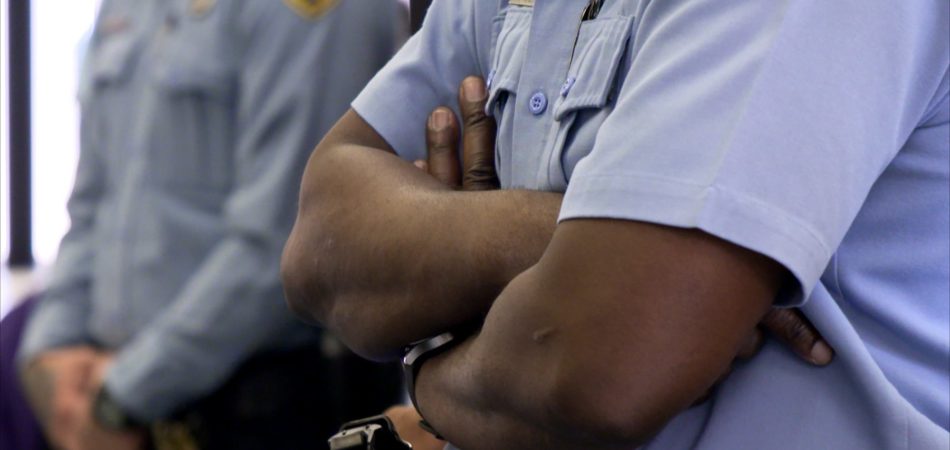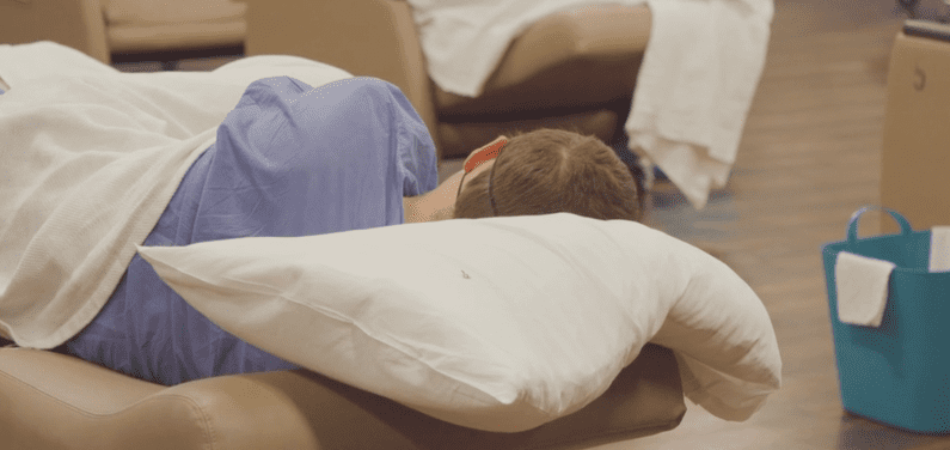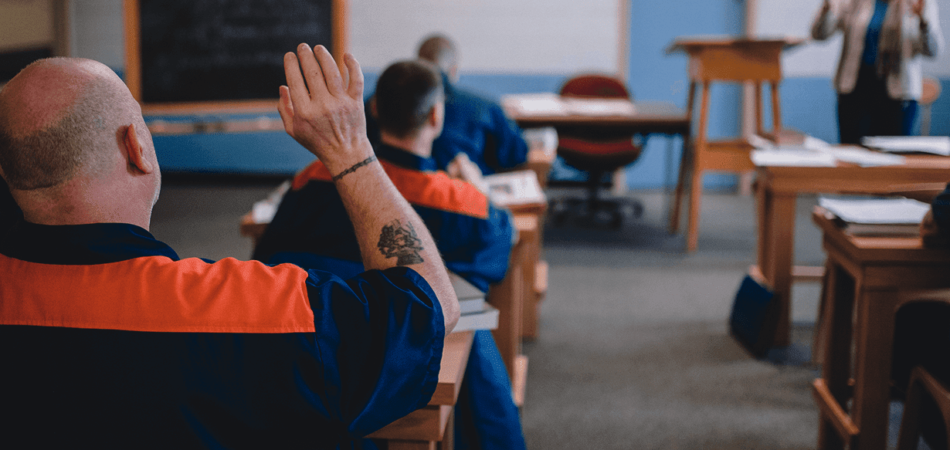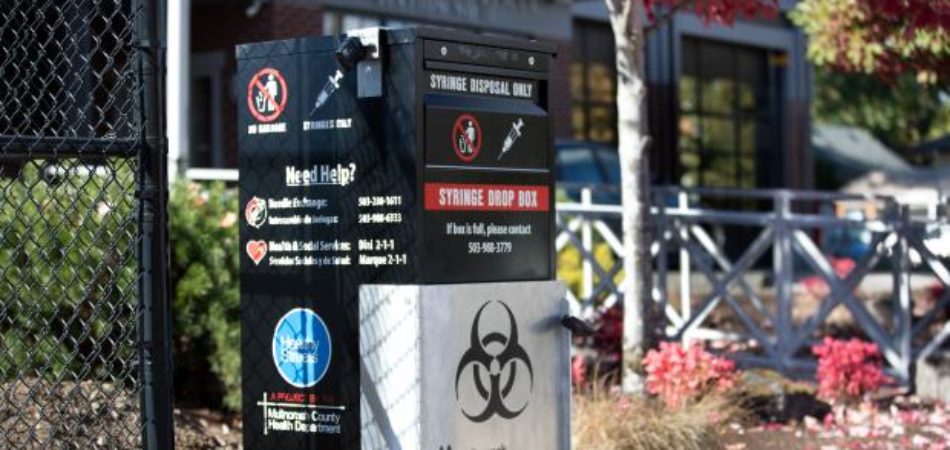President’s FY26 Budget Maintains Funding for Key Justice and Behavioral Health Programs Amid Proposed Structural Changes
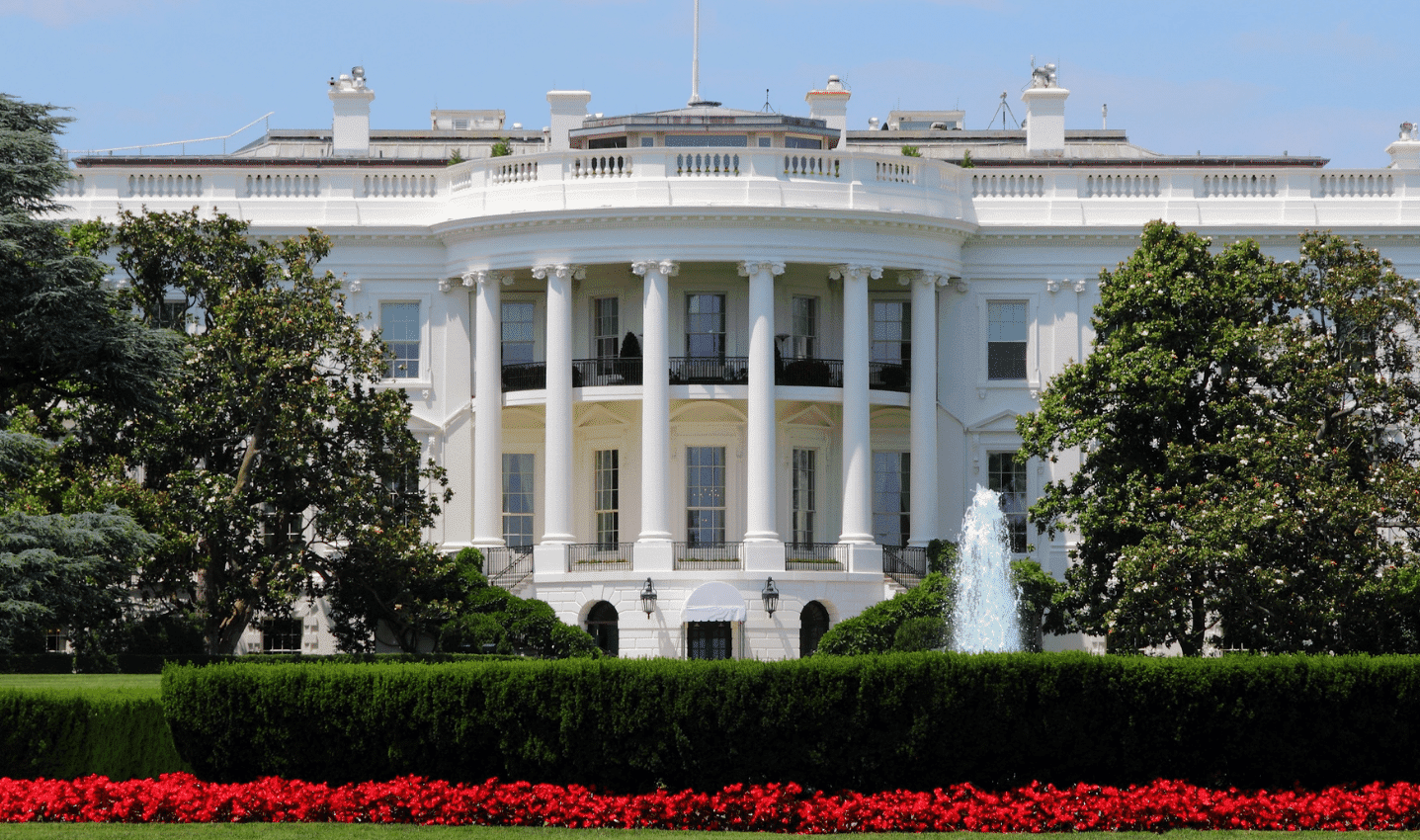
The White House (Photo Credit: Getty Images)
On May 30, 2025, the White House released the budget request for Fiscal Year (FY) 2026. While the budget calls for $32 billion in cuts to the Department of Health and Human Services (HHS) and $3 billion in cuts from the Department of Justice (DOJ), it also allocates significant resources to key initiatives, including the Second Chance Act, Justice and Mental Health Collaboration Program, and Office of Community Oriented Policing Services (COPS) programs. Additionally, the budget includes major changes in the structure and organization of many federal grant programs and agencies that focus on criminal justice and behavioral health services.
DOJ Programs
The budget requests $1.5 billion for the Office of Justice Programs. Specific programmatic line items in the budget include the following:
- $117 million (level funding) for Second Chance Act programs
- $40 million (level funding) for the Justice and Mental Health Collaboration Program
- $82 million (level funding) for drug court programs
- $344 million for COPS programs. The budget did not allocate funding for the COPS anti-methamphetamine programs and anti-heroin task forces.
- $35 million (an $18 million reduction) for the STOP School Violence Program
- $446 million for Byrne Justice Assistance Grants, which includes $40 million for Project Safe Neighborhoods
- $505.5 million (a $128 million reduction) for the Office on Violence Against Women (OVW)
The budget did not include funding for the Justice Reinvestment Initiative, which was a $32 million line item in the previous fiscal year budget. The White House also proposed consolidating several DOJ programs, including COPS, Office of Tribal Justice, and OVW.
HHS Programs
The budget combines multiple agencies—the Health Resources and Services Administration, Substance Abuse and Mental Health Services Administration, select programs from the Centers for Disease Control and Prevention, and others—into a new agency called the Administration for a Healthy America (AHA), housed in HHS. Under AHA, the White House allocated $5.8 billion to provide mental health services, suicide prevention, and substance use prevention treatment, including the following:
- $4 billion for the Behavioral Health Innovation Block Grant, a new block grant program to consolidate funding for the Community Mental Health Services Block Grant, substance use prevention, Treatment and Recovery Support Services Block Grant, and state opioid response
- $80 million for a new Behavioral Health and Substance Use Disorder Resources for Native Americans grant program
- $520 million (an $18 million increase) for the 988 Suicide and Crisis Lifeline
- $21 million (level funding) for assisted outpatient treatment
- $70 million to address substance use at the community level
- $11 million (level funding) for opioid treatment programs
Through the new Behavioral Health Innovation Block Grant, states would be able to administer a variety of intervention activities including crisis services, services to address serious mental illness; services for prevention, treatment, and recovery from substance use disorder; and overdose prevention and response.
Next Steps
Each year after the president’s budget is sent to Capitol Hill, it enters the hands of the House and Senate Appropriations Committees, whose job is to write the actual spending bills. Lawmakers craft 12 separate appropriations bills that correspond to different areas of the government, from defense to education to public health. These bills must ultimately be passed by both chambers of Congress and signed by the president to become law.
A positive school experience, where a child feels secure, is essential for their well-being. However, for many children…
Read MoreWhen returning to their communities from criminal justice settings, people with behavioral health needs face barriers in accessing…
Read More Supporting Children of Incarcerated Parents: Reimagining School and Community Collaboration
Supporting Children of Incarcerated Parents: Reimagining School and Community Collaboration
A positive school experience, where a child feels secure, is essential for…
Read More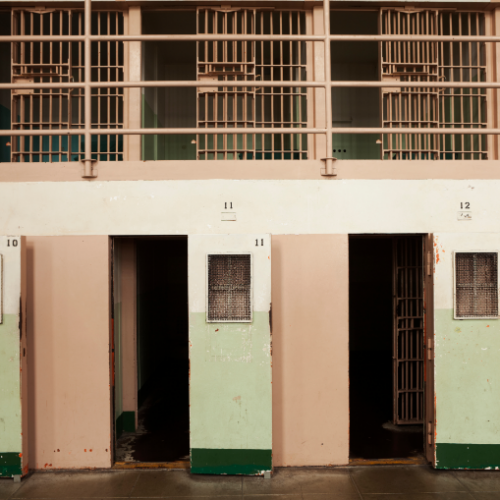 Bridging Communities and Correctional Systems: Q&A with CSG Justice Center Advisory Board Member Commissioner Nicholas Deml
Read More
Bridging Communities and Correctional Systems: Q&A with CSG Justice Center Advisory Board Member Commissioner Nicholas Deml
Read More
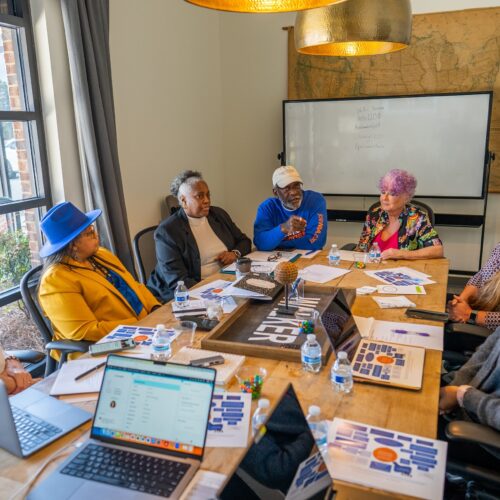 Assigned to the Cloud Crew: The National Incarceration Association’s Hybrid Case Management for People with Behavioral Health Needs
Assigned to the Cloud Crew: The National Incarceration Association’s Hybrid Case Management for People with Behavioral Health Needs
When returning to their communities from criminal justice settings, people with behavioral…
Read More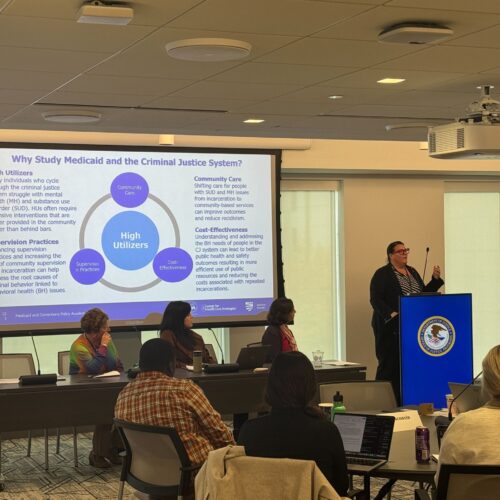 Meet the Medicaid and Corrections Policy Academy Mentor States
Meet the Medicaid and Corrections Policy Academy Mentor States
New Hampshire Department of Corrections Commissioner Helen Hanks presents at the Medicaid…
Read More Taking the HEAT Out of Campus Crises: A Proactive Approach to College Safety
Taking the HEAT Out of Campus Crises: A Proactive Approach to College Safety
The sharp rise in school shootings over the past 25 years has…
Read More